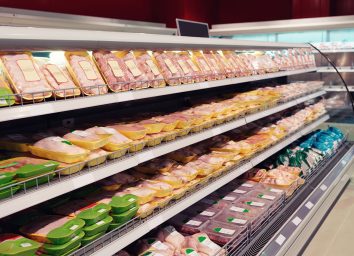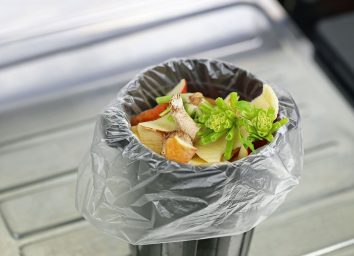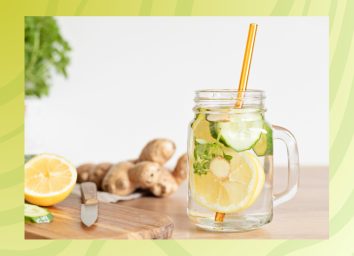11 Tips to Help You Waste Less Food in the Kitchen
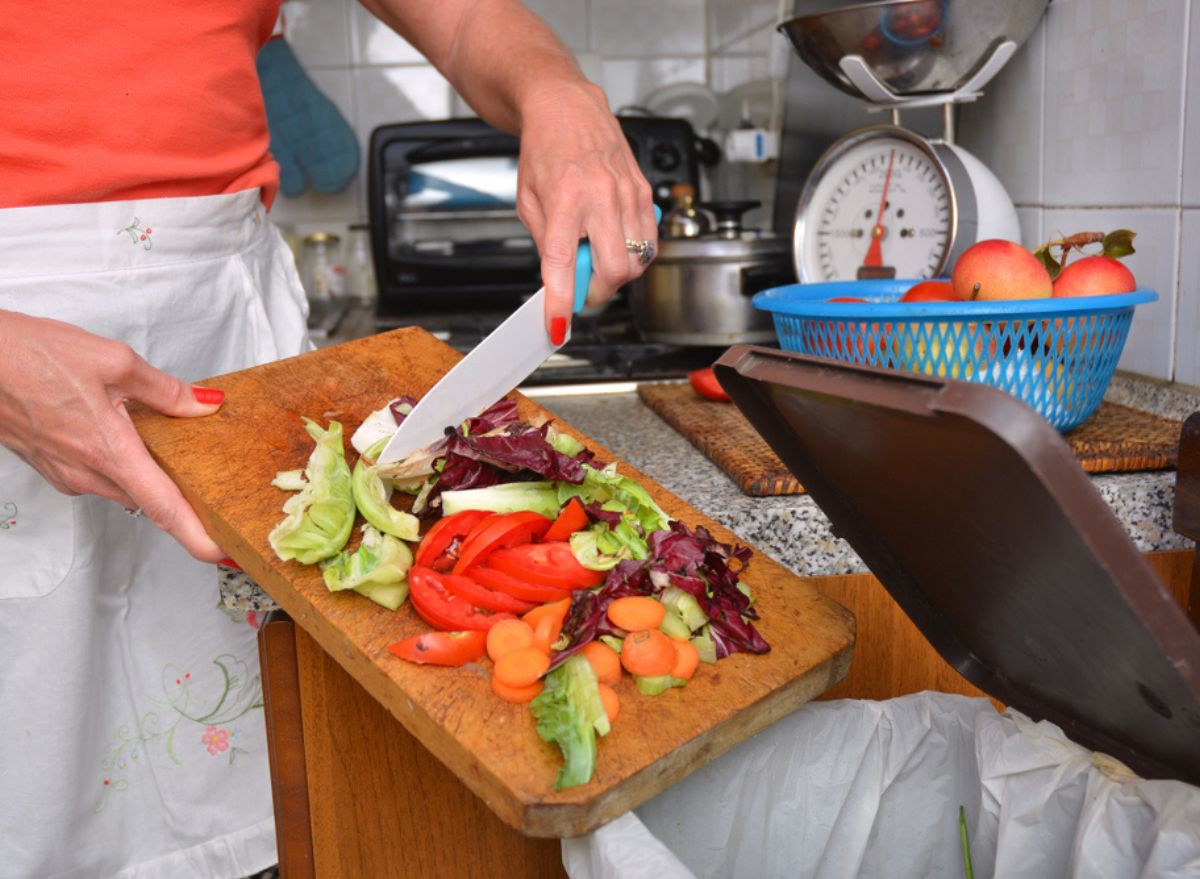
If you love cooking, you probably hate throwing perfectly good food away. Whether it's the high cost of such waste or the shame of not being able to put those extras to good use, tossing extra ingredients or leftovers never feels good… and yet, so many of us are guilty of doing it.
In fact, according to a Harris poll (conducted with Omaha Steaks), nearly half of the country throws out fresh meat every month.
Since you should be making delicious, nourishing foods in the kitchen and using every great ingredient to its fullest capacity (so you're not breaking the bank!), here are some expert tips from working chefs on the best ways to avoid food waste in your own kitchen. Read on for their genius tips, tricks, and hacks for using every last scrap, and next, don't miss The Most Popular Items at Costco Right Now.
Read the full recipe before you even start cooking.
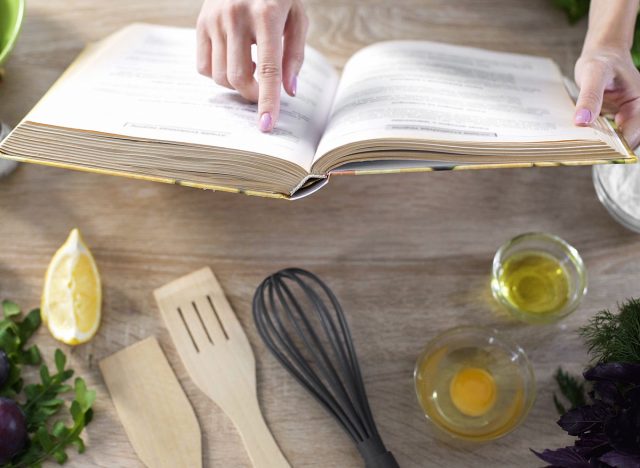
First things first, don't overbuy ingredients to begin with!
"Please read the complete recipe before you start cooking," says Chef Rhonda Plummer of Cater2uSF. "It's also a wise idea to prep everything. Do all the chopping, then put those ingredients to the side as you gather the remaining items. This will help keep things in order, prevent burning, and make cooking easier." Plus, it will help you not waste ingredients from the very start.
Use the right kitchen tools.
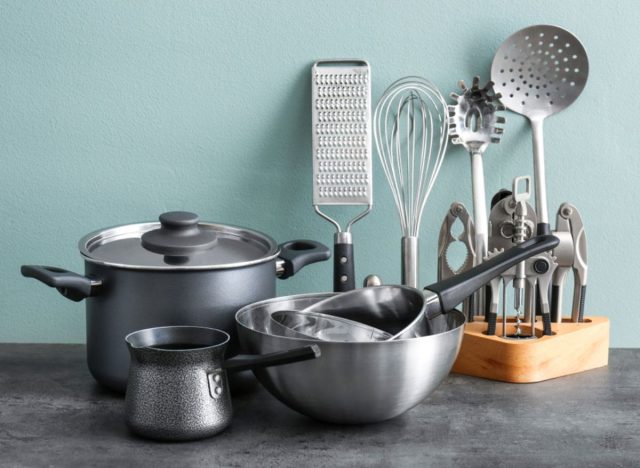
You don't want to spill good food all over the kitchen, which is an often forgotten method of food waste. Chef Plummer explains, "Always use the right equipment for the right job; if you use pans and pots that are too small, your food will end up at the bottom of the oven. But if it's too big, it will probably burn the bottom of the pan."
Use fish scraps in soups and stocks.
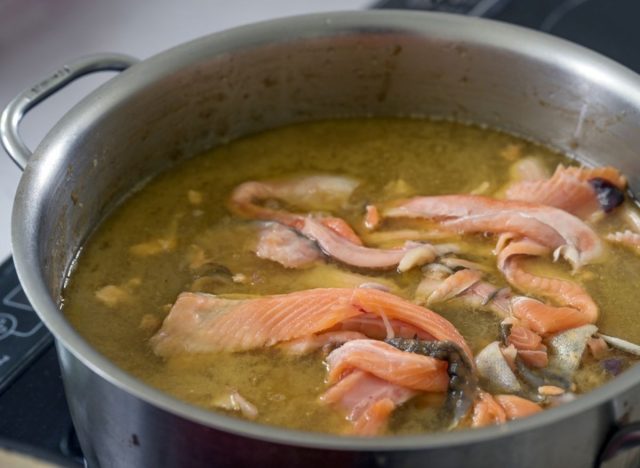
"At Select Oyster Bar, we use the scraps from fish to make a rich fish stock and shrimp for a bouillabaisse," says Chef Michael Serpa. "It's a great way to repurpose the rest of the seafood product that we are featuring on the menu in a delicious, eco-friendly way and cut down on our kitchen waste at the same time,"
"Home cooks can do the same and freeze the stock for use in later recipes instead of buying it pre-made, which is usually much less dynamic and complex flavor-wise," Serpa adds.
Use leftover fats to cook veggies.
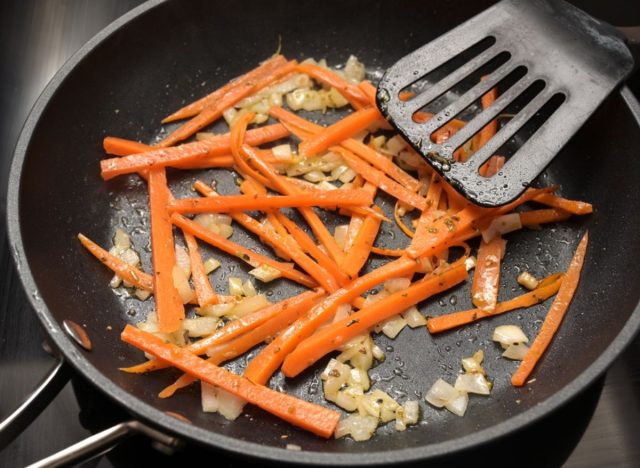
Chef Ryan Marcoux, the executive chef at Grill 23, recommends using any leftover fats or oils to cook your veggies. "For our Thumbelina carrot dish, we render all of the Japanese A5 wagyu fat to liquid and then slowly cook the carrots in the beef fat, which concentrates their sweetness and gives them an extra layer of flavor from the beef tallow," he says.
Put extra fruit in your smoothies.
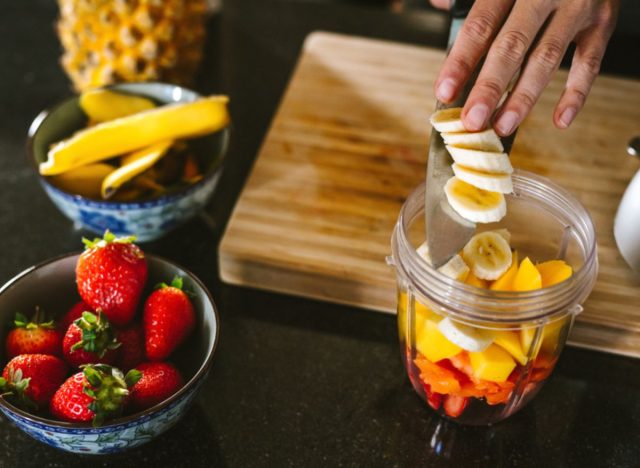
"Purchased more fruits than you can eat? Chop them up," says Chef Plummer. "Put them in freezer-sized sandwich bags, and then use them for smoothies." So smart!
Freeze meat until you need it.
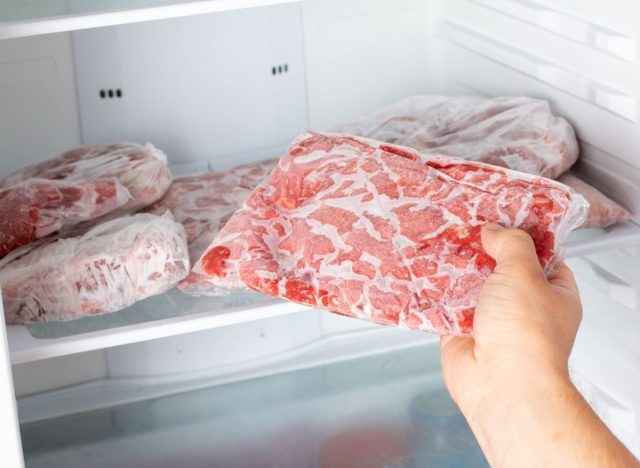
When you get home from the store, put any meat you're not cooking right away into the freezer. "Flash-frozen quality meat ensures you are ready for on-the-go summers with kids and BBQs with friends and family. Simply quick-thaw only the meat you need to reduce or eliminate the waste," says Omaha Steaks' executive chef David Rose. "It's a simple solution your favorite restaurants and chefs use and home cooks can benefit from too."
Get creative with cheese scraps and ends.
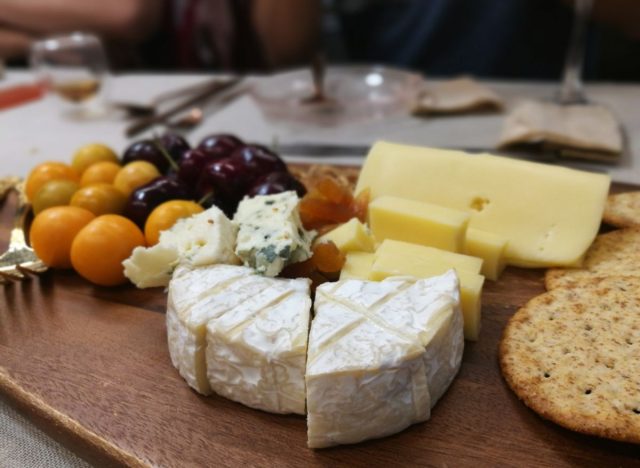
"When using parmesan cheese, you can make an incredible-tasting broth by steeping the hard outer rind in stock or even milk," says says Chef Daniel Kenney, Executive Chef of CLINK at The Liberty Hotel. "Or, let it sit in a light olive oil for a week or so, which will give your oil a nutty parmesan flavor that's great for drizzling on just about anything."
BRB… trying this smart tip right away!
Use veggies to make a broth or sauté.
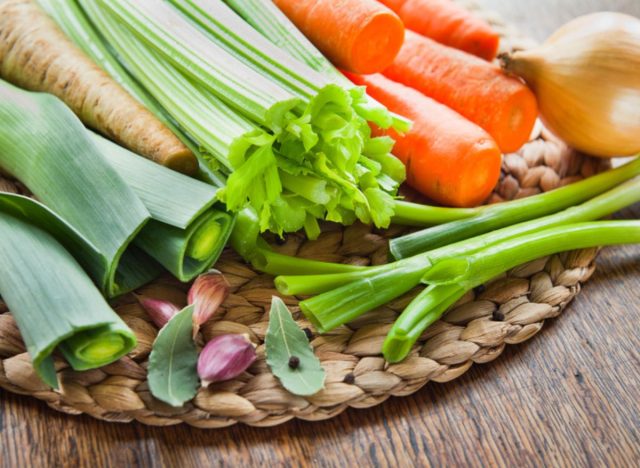
You can use leftover veggies for broths and sauces, says Chef Plummer. "This makes a broth with less sodium than canned broth."
Or, she suggests cutting, sautéing, then freezing veggies to later mix into tomato sauce for a heartier dish.
Preserve and can leftover ingredients.
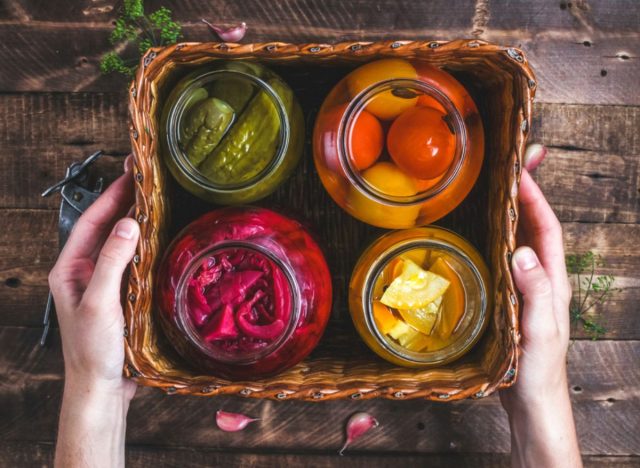
"I also think canning and preserving are great methods for utilizing surplus foods," says Chef Kenney. "Sometimes, home cooks are scared of the terms 'canning' and 'preserving,' but essentially, all you need are simple mason jars with lids and a pot of simmering water to create your own canning operation. Then, when you have too much fruit, you can make jam, or if you have too many tomatoes, you can make marinara."
Make meatloaf with your scraps.
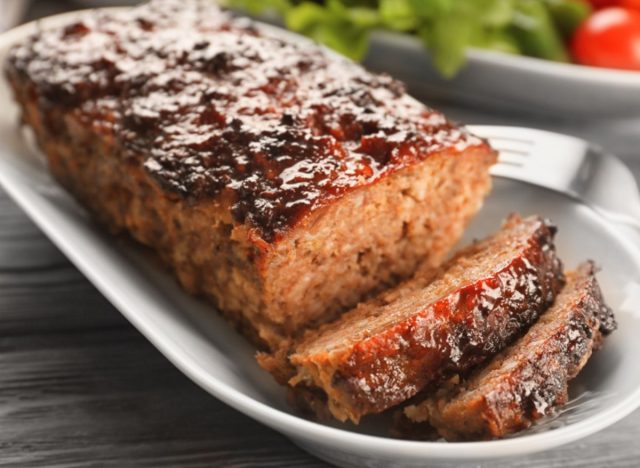
"Not wasting food is a key element to having a successful restaurant considering food is money," says Chef Marcoux. "We utilize the trimmings from butchering our steaks in our meatloaf. Not only is it a savvy way to avoid waste, but we are using all prime, dry-aged, and American Kobe beef to make a delicious entrée for our guests."
Use protein parts to make your own bone broth.
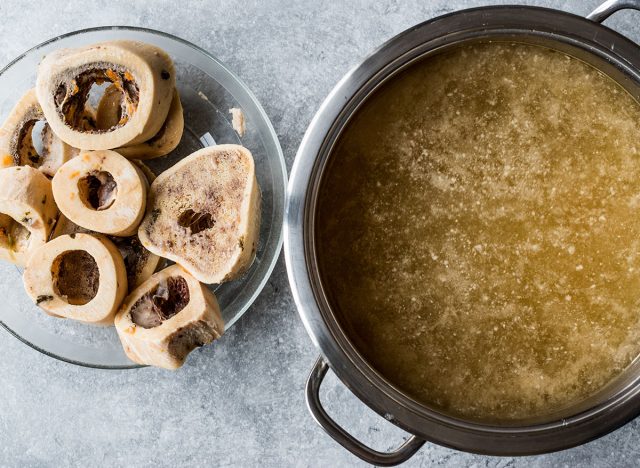
"Save seafood and animal carcass for flavorful broths with less sodium than canned broth," says Chef Plummer, who has cooked for NFL athletes. "Remember to brown [bones] before boiling on medium-low heat for two hours minimum for a rich broth. Bone broth has additional nutrients that are highly rich in vitamins such as calcium, magnesium, Vitamin A and K, fatty acids, zinc, iron, phosphorus, and amino acids."

